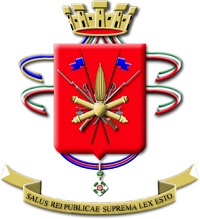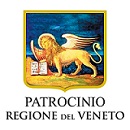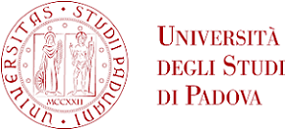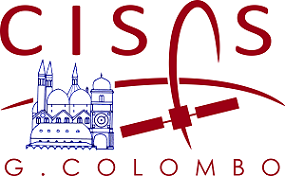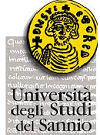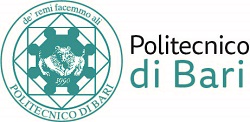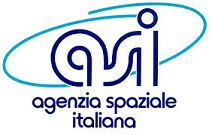 VENETO
VENETO 
Situated in the north-east of Italy, Veneto extends from the Dolomites to the Adriatic Sea, by way of an expansive range of hills and a valley furrowed by rivers, canals and the Po delta. The typical scenery of the Veneto coast is the lagoon, and, right on this very lagoon stands a city unique in all the world - Venice, visited by thousands of Italian and foreign tourists every year. Yet Veneto, a region with a thousand different faces, is the custodian, also on dry land, of natural, artistic, and traditional treasures. Veneto boasts an extraordinary variety of scenery: the Dolomites, dipped in the crimson shades of the sunset, the eastern side of Lake Garda with Peschiera del Garda, Torri del Benaco and other tourist destinations. Then there are the long, sandy beaches, alternating with well-known resorts such as Jesolo, Bibione, Cavallino and Caorle. In this spectacular natural setting is a rich cultural heritage that makes Veneto a particularly fascinating region, from its cities of art to the magnificent “Palladian villas” scattered along the Brenta Riviera, up to the small villages of Arquà Petrarca, Monselice, Asolo and Bassano del Grappa which bring together the most typical aspects of this many-faceted region. Veneto is also an ideal destination for a comfortable relaxing holiday , thanks to the thermal waters with their valuable therapeutic properties: the gentle slopes of the Euganean Hills are home to the well-equipped facilities of the Euganean Spas, for example Abano, Montegrotto and Teolo, where you can combine treatments and therapies with pleasant trips out in the surrounding area.The provinces of the region are: Venice (regional capital), Belluno, Padua, Rovigo, Treviso, Verona and Vicenza.
Veneto is fascinating, with countless natural and artistic attractions and some unmissable places. The first stop of your journey of discovery must be Venice, a UNESCO World Heritage site, with its lagoon, islands and the Grand Canal, flanked by ancient and highly decorated buildings which recall the splendour of the ancient Maritime Republic. Venice, famous for its historic Carnival, Murano glass and Burano lace, can be visited on foot, via small lanes called “calli” and numerous bridges, or by boat, from steamboats to gondolas, carried by the water to admire unique views and scenery. Piazza San Marco, with its basilica, mosaics, and its domes, the Doge’s Palace, the labyrinth of lanes dotted by shops and workshops, churches decorated with paintings, sculptures and frescoes, museums and even the most hidden piazzas, are all unforgettable.
Another site on the UNESCO list is Verona’s historic centre, a unique example of fusion between the Renaissance, Medieval and Roman styles of architecture. The city’s most famous monuments are Juliet’s romantic balcony, made famous by Shakespeare’s tragedy, and the arena, which becomes a spectacular out door opera house in summer. In Veneto, the value of nature is also recognised : the Dolomites were recently added to the UNESCO list of World Heritage sites because of their remarkable shape and the fascinating interplay of light between the rocks. This is the ideal world for ski enthusiasts: a huge area with kilometres of slopes and well-equipped resorts, first of all exclusive and elegant Cortina, the “pearl” of the Dolomites, one of the most famous mountain resorts in the world. The tourist resorts are many and very well-equipped, including well-known Cortina, and offer the opportunity to spend a holiday in the mountains both in summer and winter. Padua, the town of culture par excellence, offers its visitors many attractions, from the basilica of St. Anthony, a destination for religious tourism, to the wonderful Scrovegni Chapel, entirely frescoed by Giotto, a timeless masterpiece. Its Botanical Garden of the sixteenth century, rich in medicinal herbs, is also a World Heritage site. The historic centre of Vicenza, characterized by the classical style of the architect Andrea Palladio, has also received UNESCO status, together with the marvellous stately homes he designed , including the stunning Villa Capra Valmarana and Villa Poiana, surrounded by great parks. This region has many more surprises in store for visitors to Belluno, Treviso and Rovigo. Even the smallest towns are steeped in history and culture: Asolo, a picturesque medieval village; Possagno, dominated by the mausoleum of Canova; the walled towns of Monselice, Montagnana and Castelfranco Veneto, are all now an integral part of the regional landscape.

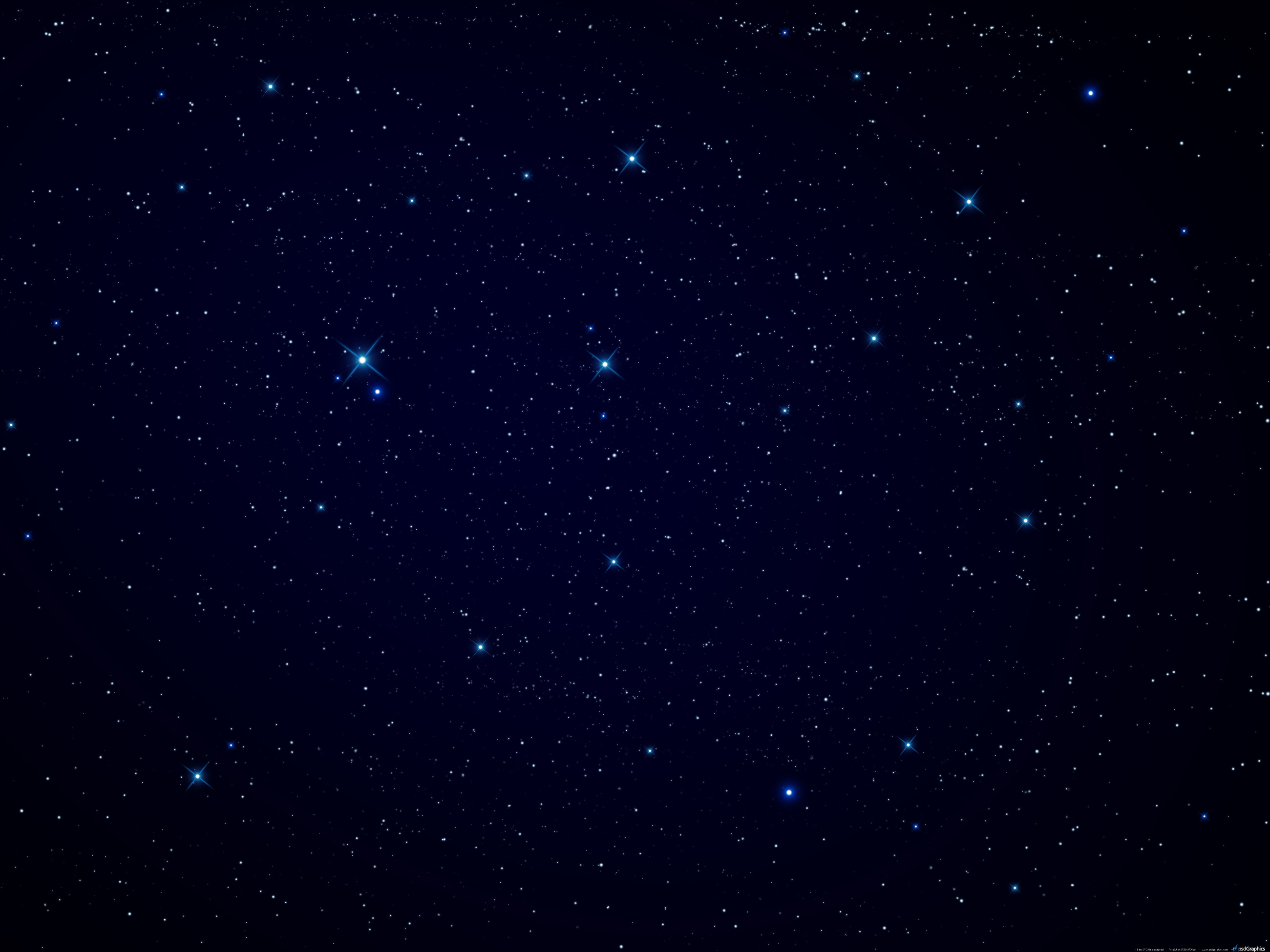
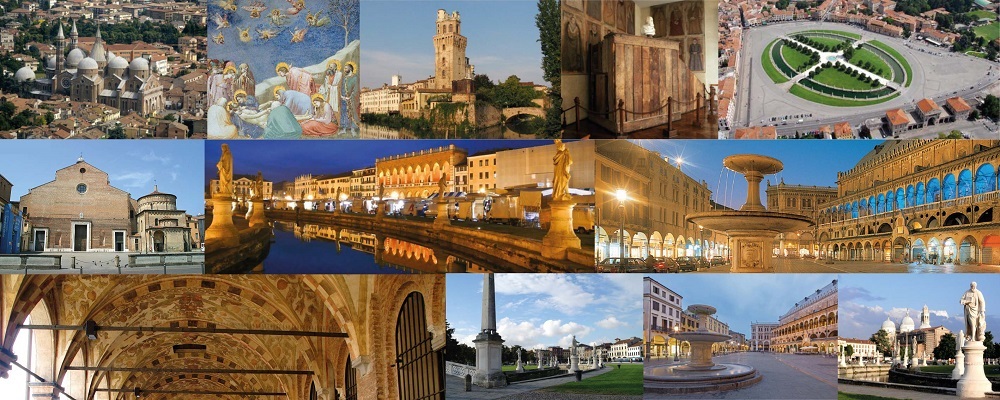
 PROMOTED BY
PROMOTED BY




